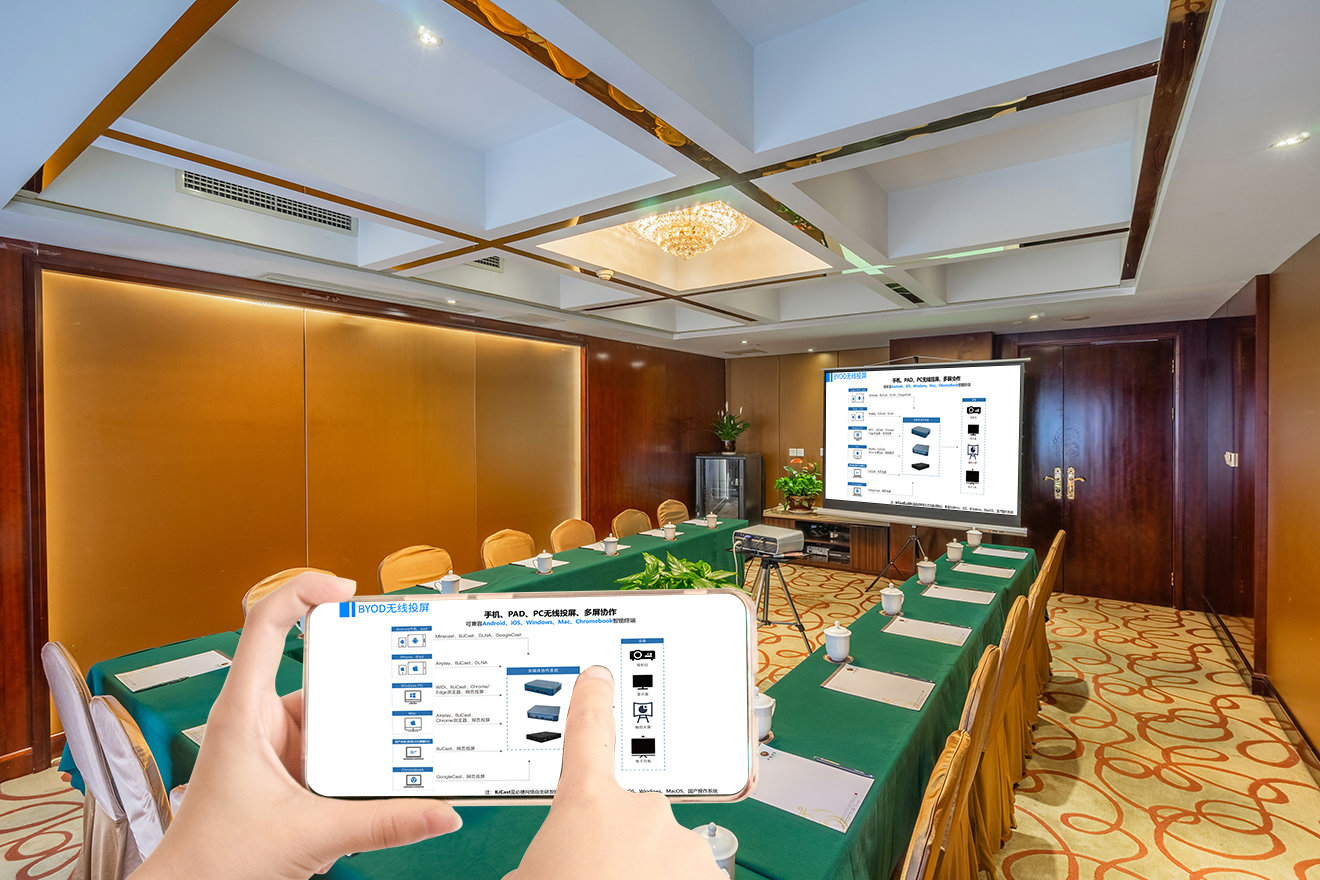How to cast from iPhone to TV
You have two primary ways to mirror your iPhone to a TV: wirelessly (using AirPlay) or with a wired connection.
Method 1: Wireless Mirroring using AirPlay (Most Common & Easiest)
This is the preferred method for most users because it’s convenient and built directly into your iPhone.
What you need:
- iPhone: Running iOS 12.3 or later.
- Compatible TV:
- Apple TV (4th generation or later).
- An AirPlay 2-compatible smart TV. Many major smart TV brands from 2018 onwards support AirPlay 2, including:
- Samsung
- LG
- Sony
- Vizio
- TCL (especially Roku TV models)
- Hisense
- Some Amazon Fire TV Smart TVs (newer models)
- Wi-Fi Network: Both your iPhone and your TV must be connected to the same Wi-Fi network.

Steps to Mirror Your Entire iPhone Screen:
- Open Control Center on your iPhone:
- On iPhones with Face ID (iPhone X and later): Swipe down from the top-right corner of the screen.
- On iPhones with a Home button (iPhone 8 and earlier): Swipe up from the bottom edge of the screen.
- Tap the “Screen Mirroring” button: This icon looks like two overlapping rectangles.
- Select your TV: A list of available AirPlay 2-enabled devices on your network will appear. Tap the name of your Apple TV or AirPlay 2-compatible smart TV.
- Enter Passcode (if prompted): If a four-digit AirPlay passcode appears on your TV screen, enter that code on your iPhone.
Your iPhone’s entire screen will now be mirrored on your TV. To stop mirroring, open Control Center again, tap the “Screen Mirroring” button, and then select “Stop Mirroring.”
Steps to Stream Video or Audio from an App (instead of mirroring the whole screen):
When you stream from an app, the content plays directly on your TV, and your iPhone can be used for other tasks or even go to sleep.
- Connect to the same Wi-Fi network: Ensure your iPhone and your TV are on the same Wi-Fi network.
- Open the app and content: Launch the app (e.g., Photos, Music, YouTube, Netflix, Safari, Apple TV app) and start playing the video or audio you want to stream.
- Look for the AirPlay icon: This icon typically looks like a rectangle with a triangle pointing upwards. It’s usually found within the video player controls or a share menu.
- Example in Photos app: Tap the Share button (square with an arrow pointing up), then tap the AirPlay icon.
- Choose your TV: Select your Apple TV or AirPlay 2-compatible smart TV from the list.
Method 2: Wired Connection (Universal Compatibility)
This method works with virtually any TV that has an HDMI input, regardless of whether it’s “smart” or AirPlay-compatible.
What you need:
- iPhone:
- For iPhones with a Lightning port (e.g., iPhone 14 and older models): An Apple Lightning Digital AV Adapter.
- For newer iPhones with a USB-C port (e.g., iPhone 15 series): An Apple USB-C Digital AV Multiport Adapter or a generic USB-C to HDMI adapter that supports video output.
- An HDMI cable.
- A TV with an available HDMI input.
Steps for a Wired Connection:
- Connect the adapter: Plug the appropriate Digital AV Adapter into the charging port (Lightning or USB-C) at the bottom of your iPhone.
- Connect the HDMI cable: Plug one end of the HDMI cable into the adapter and the other end into an HDMI port on your TV.
- Select the correct TV input: Use your TV remote to switch the TV’s input source to the HDMI port you connected the cable to (e.g., HDMI 1, HDMI 2, etc.).
Your iPhone’s screen should now be mirrored instantly on your TV. The Apple adapters usually have an additional port so you can charge your iPhone while it’s connected.
Important Considerations:
- Wi-Fi Stability: For wireless (AirPlay) methods, a strong and stable Wi-Fi connection is critical for smooth performance without lag or interruptions.
- TV Settings: For AirPlay, ensure AirPlay is enabled in your TV’s settings. The exact location can vary by TV brand, but look under “Settings,” “General,” “Connections,” or “Apple AirPlay Settings.”
- Software Updates: Always keep your iPhone’s iOS and your TV’s firmware updated for the best compatibility and performance.
- App Restrictions: Be aware that some streaming apps (like Netflix, Hulu, etc.) might restrict direct “Screen Mirroring” of their content due to licensing agreements. Instead, they usually provide an in-app “Cast” or “AirPlay” button that allows you to stream their content directly to your TV using their own app on the TV or a streaming device.